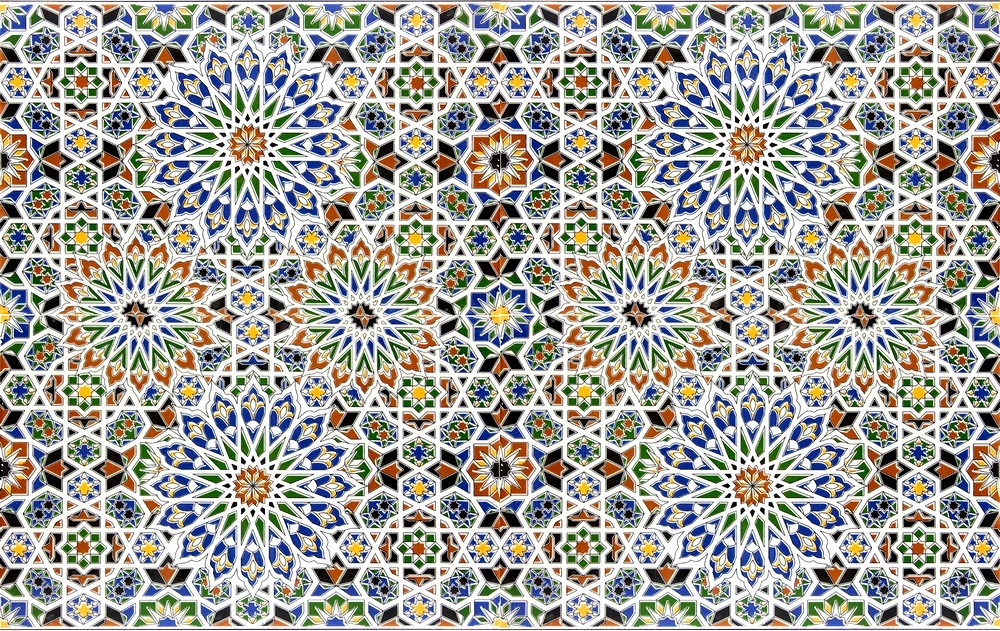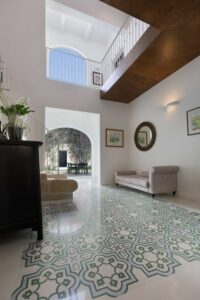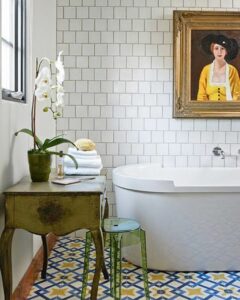Maltese Tiles or Moroccan?

Do you go gaga when you slam your eyes on a clean slate of antique Maltese Tiles? Then you belong to a very specific category of people who have learned to appreciate the beauty of these old-style hand-made traditional tiles which belong to Malta’s architectural and interiors history.
What do Maltese Tiles and Moroccan Tiles in Common?
Maltese Tiles
Do you go gaga when you slam your eyes on a clean slate of antique Maltese Tiles? Then you belong to a very specific category of people who have learned to appreciate the beauty of these old-style hand-made traditional tiles which belong to Malta’s architectural and interiors history. It is probably your dream to land a typical Maltese townhouse, preferably a double-fronted one, with its original wooden balcony and louvered wooden windows. And then enjoy the bliss of sailing in onto the very same floors which delighted your predecessors who owned it before you. Colourful floors, patterned, lovely to look at and a joy to live with.
The next best thing is to replace floor tiles with original antique ones, ferreted from some old house whose owners want to have them out (these owners definitely are not in your league). These can cost an eye and a half, just to have them uprooted from their original station and re-tiled onto your floor. But it is doable, possible and has been done successfully.
A third option would be to buy reproductions of these Maltese tiles or have them made to some fanciful design you fall in love with on Pinterest. But this is where you have to be careful. If you want to stick to traditional Maltese tiles, you have to be sure you know what is Maltese and what is not, and most likely Moroccan. Moroccan tiles look deceivingly similar to Maltese but there are similarities and differences which will tilt your interiors style heavily towards west or east of the Med. Indeed, Moroccan tiles go further back in history than Maltese ones which seem to have been mostly fashionable during the 19th Century through to the 1950s, experiencing a revival in the here and now.
Both Maltese and Moroccan tiles are pretty colourful but Moroccan tiles are more brilliantly so and may be glazed. Maltese ones have colours which are somewhat more muted. To effectively visualize Moroccan tiles, think of warm pops of colour, hot Moroccan spices, think of passion and fire, and you get an inkling of what Moroccan tiles offer. Then again, these are not to be confused with Spanish tiles which tend to be just as colourful but are more European in character and closer to the Maltese tiles. This perhaps because both Maltese and Spanish tiles derive from Venetian roots. Moroccan tiles do derive from Islamic influences, hence the differences in stylistic nuances.
Designs need to be carefully observed for sublime differences. On Moroccan and Maltese tiles designs are just as fanciful but whilst Moroccan tiles are rather more bohemian and eastern oriental in character, Maltese tiles get a tinge of European Art Nouveau lines, French and Christian symbols, loops and swoops, Malta crosses, Fleur-de-Lys, etc.
If in serious doubt, your best bet is to ask the experts, the very same ones who still hand-make these tiles in Malta today. They will definitely know what makes a Maltese tile Maltese, and what not.
For more details about properties available, visit our website.


